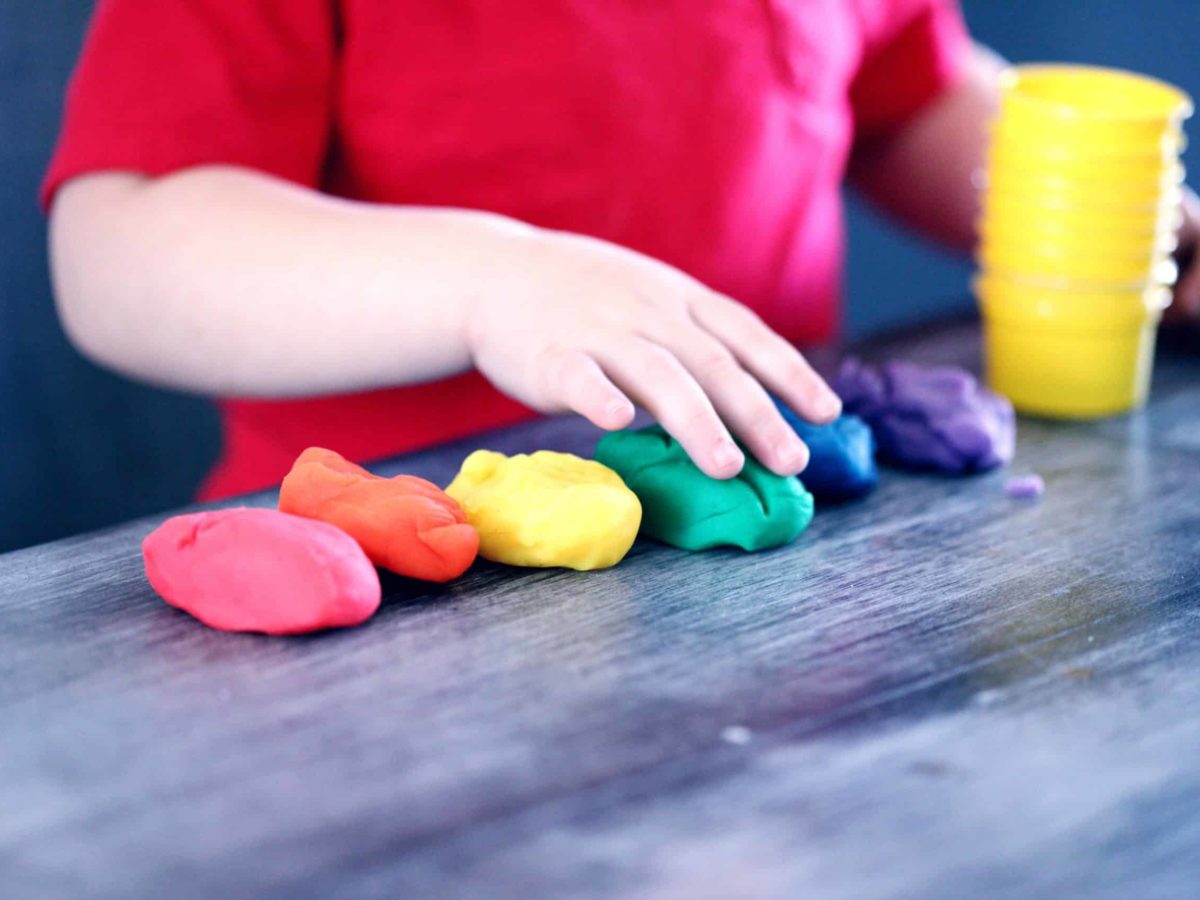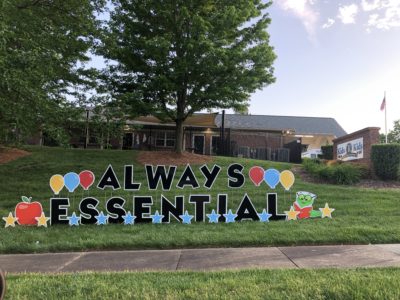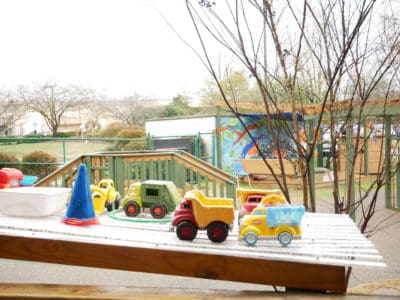
Sixty-six percent of all licensed child care facilities are now open in North Carolina, compared with 57% in April, according to the Department of Health and Human Services (DHHS). As facilities reopen and parents return to work, centers will face challenges in keeping children, staff, and families safe.
Starting today, June 22, DHHS will report COVID-19 “clusters,” defined as five or more cases at a single child care facility or school setting within 14 days “with plausible epidemiological linkage between cases.”
See the percentage of facilities open in your county below. You can also call this hotline to find out about child care options for infants to 12-year-olds.
Here are answers to a few important questions:
Weren’t child care centers already supposed to report outbreaks?
The cluster reporting is new at the state level, but centers were already required to report COVID-19 cases to local health departments and to parents. There are other communicable diseases, which you can find here, that require reporting and excluding infected children.
The local health department will help notify staff and families of a positive COVID-19 case and contact individuals who might need to quarantine if in close contact with the person who tested positive.
Will a center with positive cases then close?
The decision on whether to close a child care facility will be made by the local health department. According to DHHS guidance, it might not be necessary to shut down the whole facility if the department finds that “close contacts are excluded, child/teacher ratios are appropriate, and there is sufficient space to continue normal operations.”
Close contacts of individuals who tested positive will be informed by local health department officials and must quarantine for 14 days. Children or staff who test positive can return to child care once they meet these conditions:
- It has been 10 days since symptoms started
- It has been three days, without fever-reducing medicine, since the person had a fever
- It has been three days since symptoms have improved, including shortness of breath and cough
Guidance for what to do in varying circumstances — if a child is excluded for symptoms but then tests negative, for instance — is available on page 6 of DHHS interim guidelines, embedded below.
How can I know what should be happening day-to-day?
You can find the entire interim DHHS guidelines below, or click here to view the 14-page document in a separate tab.
This guidance outlines requirements and recommendations for centers on cleaning, social distancing, face coverings, child drop-off, and daily health screenings, and also what to do if a child or staff member tests positive, has or develops symptoms, or has been exposed to someone with symptoms.
Jacqueline Simmons, project director at the NC Child Care Health and Safety Resource Center, works with a network of local child care health consultants who provide health and safety guidance to centers across the state. She said centers should be following these guiding practices even if some of them are not required by law. Daily health screenings and excluding sick individuals from centers, for example, are required. Face coverings and social distancing, on the other hand, are recommended.
“It feels like ‘recommended’ is, ‘Oh, do this if you want to,’ but really ‘recommended’ is, ‘Absolutely do it unless there’s some very real reason that is preventing you from doing that, and then find another way to kind of achieve the same thing,'” Simmons said.
The document is a dense 14 pages. Simmons points to the daily health screening on page 13 as an important one.
“They’re screening you but you should be screening them too, in terms of looking for what they’re doing,” she said. “You want them to follow that guidance every day and be diligent.”
She said parents should contact their centers to have a further conversation and to ask, “What do I need to know to make my child safe in child care?” She said centers can provide more details on safe practices, such as making sure items like blankets or toys do not travel back and forth between home and the center.
What role should I play in making sure centers follow safe measures?
Simmons said it’s important to have the confidence to speak up if one sees a troubling behavior, and for everyone to both act as watchdogs and look out for one another. As time moves on, she said to be aware of ‘compliance fatigue,’ “which is just getting tired of wearing a mask, and getting tired of doing everything right. That’s when errors happen.”
Modeling best practices for children and remaining diligent at home is also crucial, she said.
“It’s a matter of… ‘Wash your hands really well. And I know you did it for 20 seconds today and it’s easier to do it for 10 seconds, but do it for 20 seconds today and do it for 20 seconds tomorrow — and every day is a new day.”
She said that if guidelines are actually being followed, parents should be comfortable sending children back to their centers.
“The message for parents is child care can be a safe place if things are done right.”




